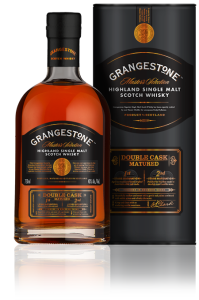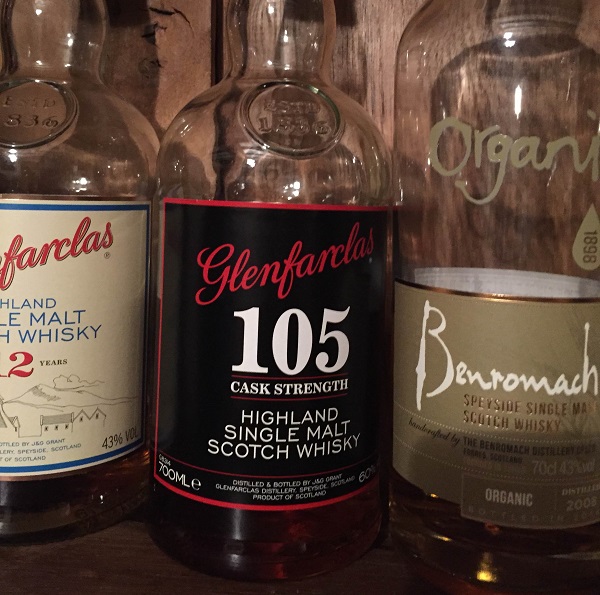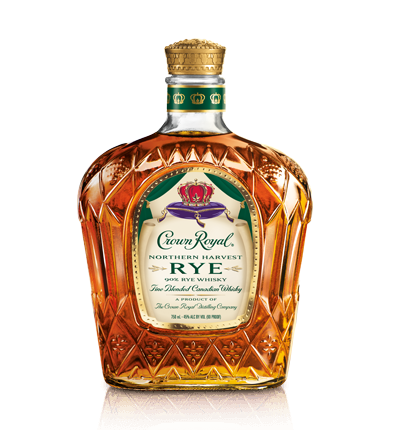 Jim Murray releases a Whiskey Bible every year and the 2016 Edition of Jim Murray’s Whiskey Bible named a Canadian whiskey as the world’s best.
Jim Murray releases a Whiskey Bible every year and the 2016 Edition of Jim Murray’s Whiskey Bible named a Canadian whiskey as the world’s best.
Not a single Scotch made the top five.
(the top five were Crown Royal Northern harvest Rye, Pikesville Straight Rye, Midleton Dair Ghaelech, William Larue Weller Bourbon 2014, and Suntory Yamazaki Mizunara 2014)
The Crown Royal Northern Harvest Rye scored 97.5 out of a possible 100 points and he called it a masterpiece.
I don’t know what I’d call it but when I saw it for $28 at the local store, I picked one up.
So what do we know about this before we pop open the bottle? First, a little background on what makes something a Canadian whisky. Canadian whisky tends to be lighter and are blends of multi-grain liquors, most of which will be corn based. Just as in Scotland, it must be aged for at least three years in Canada and be at least 40% in alcohol. Many Canadian whiskies contain rye (albeit sometimes very little) but are not always explicitly labeled as such.
The Northern Harvest Rye has a mashbill with 90% rye and clocks in at 90 proof (45% abv).
Now that we have the accounting out of the way, what’s it like?
Tasting Notes
- Nose: Light, sugary without much alcohol vapors, rye spice, fruit and caramel
- Taste: A little sweeter than I expected, not as much spiciness as I expected but has the rye bite I was looking for, cinnamon, molasses, cloves.
- Finish: Medium finish with a lot of sweetness, bite of rye, and it lingers nicely.
OK so here’s where I get tripped up. It tastes very much like the fall, like the scents of the holidays (Christmas!). Now is that because ’tis the season or is it really like that? I’ve tried this on three separate occasions, with different glasses, to see if my original impressions were right.
They were. This is like a rye designed to be sold during Christmas. It’s kind of unexpected really.
Overall, it’s pretty good. For $28, it represents good value.
I don’t consider it a masterpiece but that’s personal preference. Whereas I love Laphroaig’s Cairdeas expressions, where they finish Laphroaig in desert wine casks to marry the smoke with the sweet, this one is a marriage I’m unsure about. If they got divorced in three years I don’t think anyone would be surprised. 🙂
Personally, I prefer my rye whiskey to have a little more spiciness and bite without the other flavors like molasses, fruit, and cinnamon.
Your thoughts?

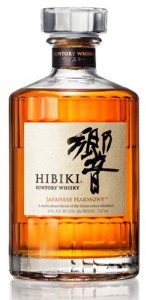 It shocked the world when Jim Murray, author of The Whisky Bible, named The Yamazaki Single Malt Sherry Cask 2013 as the best whisky in the world. It was the first time, in the 12 year run of The Whisky Bible, that the first place spot didn’t go to a whisky from Scotland. In fact, Murray didn’t put any Scotches in the top five!
It shocked the world when Jim Murray, author of The Whisky Bible, named The Yamazaki Single Malt Sherry Cask 2013 as the best whisky in the world. It was the first time, in the 12 year run of The Whisky Bible, that the first place spot didn’t go to a whisky from Scotland. In fact, Murray didn’t put any Scotches in the top five!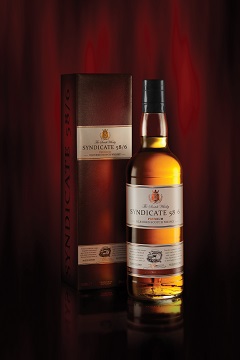 When I first heard about
When I first heard about 